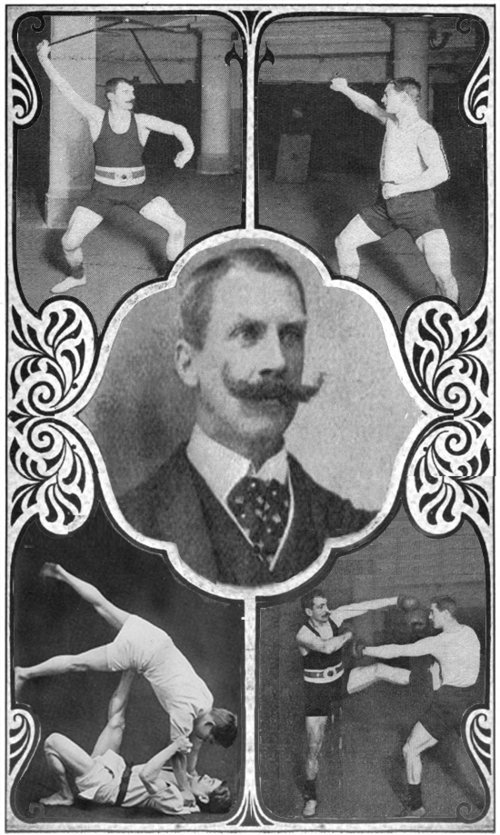- My Forums
- Tiger Rant
- LSU Recruiting
- SEC Rant
- Saints Talk
- Pelicans Talk
- More Sports Board
- Fantasy Sports
- Golf Board
- Soccer Board
- O-T Lounge
- Tech Board
- Home/Garden Board
- Outdoor Board
- Health/Fitness Board
- Movie/TV Board
- Book Board
- Music Board
- Political Talk
- Money Talk
- Fark Board
- Gaming Board
- Travel Board
- Food/Drink Board
- Ticket Exchange
- TD Help Board
Customize My Forums- View All Forums
- Show Left Links
- Topic Sort Options
- Trending Topics
- Recent Topics
- Active Topics
Started By
Message
re: Is Jiujitsu popular in your area?
Posted on 1/31/20 at 5:47 pm to Bronson2017
Posted on 1/31/20 at 5:47 pm to Bronson2017
Pfft. Ballers practice Bartitsu like Sherlock Holmes
LINK

quote:
Bartitsu is possibly the first instance of what we know today as mixed martial arts. The Bartitsu Society compiled it’s members research from various historical publications and published the results which fund historical education on the subject. Bartitsu Compendium 1 and Bartitsu Compendium 2 are available under the links.
William Barton-Wright combined elements of boxing, jujitsu, cane fighting, and french kick boxing in order to create a self defense system that could be used by discerning gentlemen on the streets of London during the Industrial Revolution. It is an eclectic martial art and self-defence method originally developed in England during the years 1898–1903, combining elements of boxing, jujitsu, cane fighting, and French kickboxing.
William Barton-Wright was an English railroad engineer. A physical fitness and self defense enthusiast Barton-Wright had reportedly previously studied boxing, fencing, wrestling, savate and the use of the stilletto under recognized masters of the various arts. His work as an engineer took him to Japan for three years where he discovered to jujitsu and studied at the school of Jigoro Kano. On returning to England which was heavy with crime due to its rapid growth, Barton-Wright opened a health club and self defense school for the upper class. In 1899, Barton wrote an article in the London's Pearson’s Magazine, entitled “A New Art of Self Defense.” In it he set out his system of self defense which he called “bartitsu,” an obvious melding of his name and jujitsu. The Bartitsu Club brought in some of the best martial arts teachers from around the world, among them were the first Japanese instructors from the Kodokan Society to teach JuiJitsu in Europe; Kaneo Tani, Seizo Yamamoto, and Yukio Tani. Kaneo Tani and Yamamoto soon returned to Japan, but Yukio Tani stayed and was shortly joined by Sadakazu Uyenishi. Additionally instructors included Pierre Vigny and expert in Swiss Cane fighting and instructor in savate, and professional wrestler Armand Cherpillod. The Bartitsu Club was among the first schools of its type in Europe to offer classes in women's self-defence. The club was also home to a cabal of fencer/historians led by Egerton Castle and Captain Alfred Hutton, who were devoted to re-constructing the ancient arts of fencing with the rapier and dagger and two-handed sword, and who also taught stage fencing classes to some of London’s acting elite.
Barton-Wright encouraged members of the Bartitsu Club to study each of the four major combat styles taught at the Club, each of which broadly corresponded to a different "range" of personal combat. At long range the use of the cane, Closer the use of Savate kicking arts, pugilism, and then at close range wrestling and JuiJitsu. Barton-Wright layed out basic principles for Bartitsu "(1)to disturb the equilibrium of your assailant; (2) to surprise him before he has time to regain his balance and use his strength; (3) if necessary to subject the joints of any part of his body, whether neck, shoulder, elbow, wrist, back, knee, ankle, etc. to strain which they are anatomically and mechanically unable to resist." (Barton-Wright, 1899)
LINK

Popular
Back to top
 0
0





